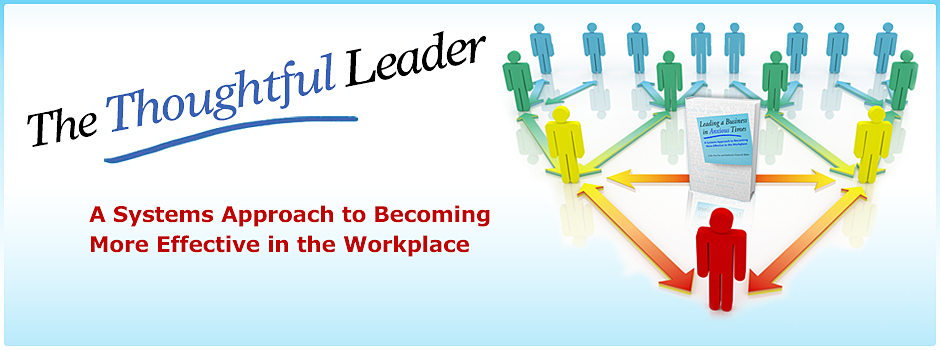I’ve been intrigued by a couple of recent articles on leadership that mention the importance of sibling position. Yes, family dynamics are finally becoming more widely recognized as an important factor in the development of leadership skills. In one article, Harry West, the CEO of Continuum (interviewed in the New York Times, Sunday, January 29, 2012, Corner Office), starts the interview by saying, “I’m the eldest of six kids, and I think that may have some significance. One of the main groups in our company is the strategy group, and we once looked at the family position of most of the people in the group, and they’re pretty much 100 percent the eldest kid. So I think there’s some correlation between maybe being the eldest and wanting to blaze a trail.”
Another business leader, Susan Credle, the chief creative officer of the advertising agency Leo Burnett USA (interviewed in the New York Times, Sunday, February 26, 2012, Corner Office) notes that the first time she was somebody’s boss was during plane travel with her younger brother. She says, “He’s three years younger than I am. My parents divorced when I was 5 or 6, and my brother and I had to travel back and forth alone on a plane between our two parents. So we kind of had to run our own little company within the family. And I think I was a bad boss… because I used threats and I manipulated him to do things… I learned early on that leading people through manipulation is probably not the best way. The sibling lesson lasted a long time.”
Both of these business leaders were oldest children growing up in their families of origin, and many people think that “oldest” are the most naturally intuitive adult leaders because they learned to lead through their relationships with their younger siblings. This idea about “oldests” seems to make sense because, like Susan Credle, they are often put in charge of younger siblings even at a very young age. Parents frequently deputize their first-born child to help out as subsequent children are born. As a second born sibling, but oldest daughter, I remember be told to teach my two-year-old sister how to tie her shoelaces.
But of course what we have learned from Bowen theory and systems-based leadership theory, is that not all oldests are alike. Nor are all youngest or middle children alike. They may have similar behavioral tendencies, but the emotional tone of the family they grow up in will determine what kind of oldest, middle or youngest they turn out to be. For example, an oldest child growing up in an anxious family that is low on the scale of differentiation may be an aggressive bully who pushes the younger kids around or threatens and manipulates them, as Susan Credle described her childhood leadership behavior. Others who grow up in less anxious families may be calm, responsible oldests who take care of their younger siblings, encouraging them to grow up strong, happy, and healthy, helping their parents out, but not exerting physical or emotional power over the little ones. Susan Credle is unusual in the kind of self-awareness she developed from her childhood leadership experience. Unlike many anxious oldests, she began to realize fairly early on that threatening and manipulating didn’t work very well either with her brother or later with her adult colleagues.
Middle children, youngest, and only children can also grow up to be effective leaders both in their families of origin and in their adult business relationships. In anxious families, middle children may get lost in the shuffle, youngests may turn into irresponsible babies, and onlies may not develop good social skills. But in more stable, balanced families any child, regardless of sibling position, can learn to be a leader – a calm responsible person who can lead a business with vision and passion or “blaze a trail”, as Harry West describes it.
Katharine Gratwick Baker, PhD
